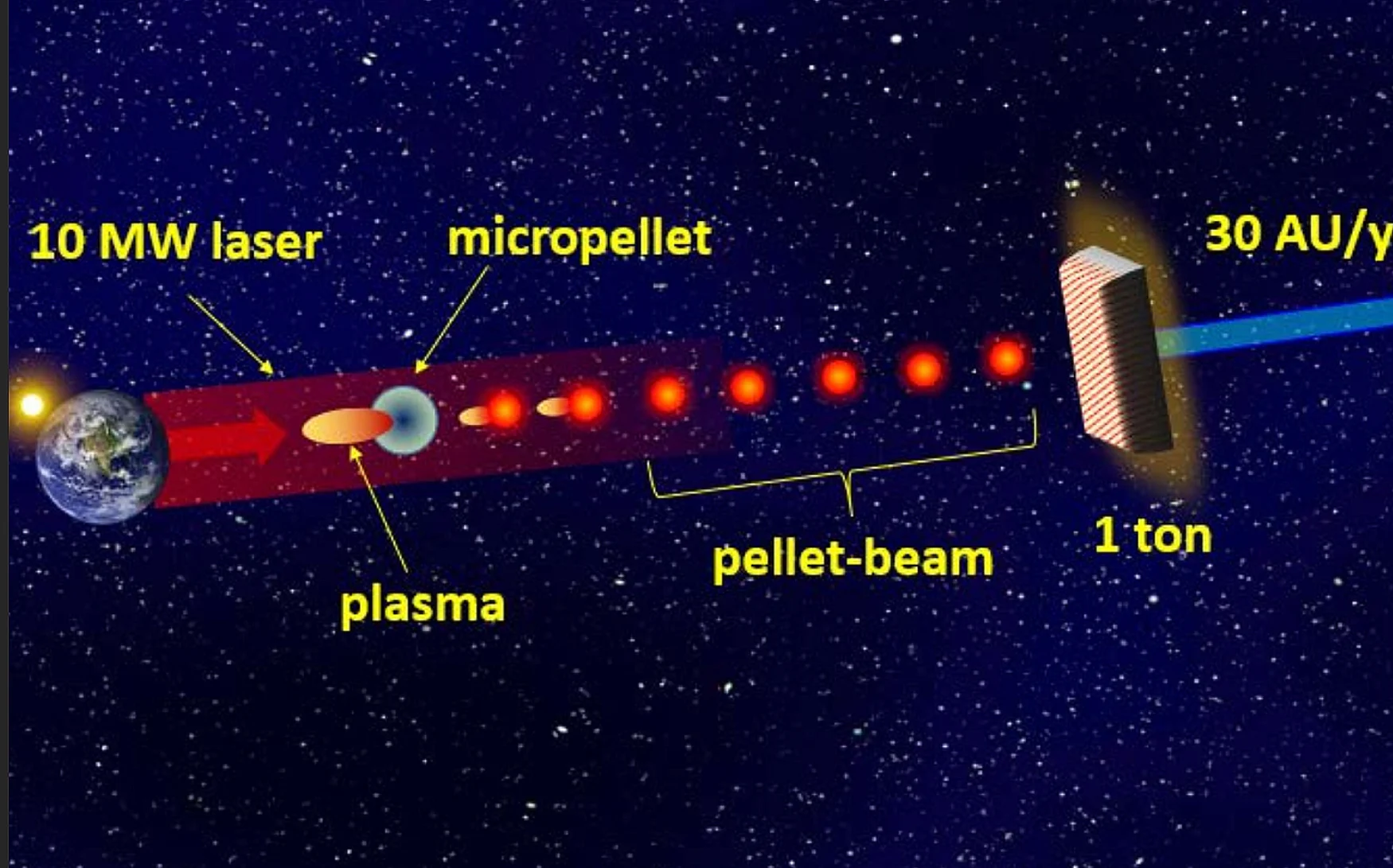![]() Home > Gadgets
Home > Gadgets
NASA Is Funding Ideas For A Titan Seaplane And Faster Deep Space Travel

Quinn Morley
![]() January 12th, 2023 | 11:51 AM |
January 12th, 2023 | 11:51 AM | ![]() 457 views
457 views
WASHINGTON, D.C., UNITED STATES
There are also concepts for an observatory 'swarm' and self-growing Mars habitats.
NASA is still willing to fund unusual concepts in its bid to advance space exploration. The agency is handing out $175,000 initial study grants to 14 projects that could be useful for missions in and beyond the Solar System. The highlight may be TitanAir, a seaplane from Planet Enterprises' Quinn Morley that could both fly through the nitrogen-and-methane atmosphere of Saturn's moon Titan and sail its oceans. The "flying boat" would collect methane and complex organic material for study by sucking it in through a porous leading edge.
A project from UCLA's Artur Davoyan, meanwhile, could speed up missions to the outer edge of the Solar System and even interstellar space. His design (shown at middle) would propel spacecraft by producing a "pellet-beam" of microscopic particles travelling at very high speed (over 74 miles per second) using laser blasts. The concept could dramatically shorten the time it takes to explore deep space. Where Voyager 1 took 35 years to reach interstellar space (the heliopause, roughly 123AU from the Sun), a one-ton spacecraft could reach 100AU in just three years. It could travel 500AU in 15 years.

Artur Davoyan
Other efforts are sometimes similarly ambitious. MIT's Mary Knapp has proposed a deep space observatory that would use a swarm of thousands of tiny satellites to detect low-frequency radio emissions from the early universe, not to mention the magnetic fields of Earth-like exoplanets. Congrui Jin from the University of Nebraska in Lincoln has envisioned self-growing habitat building blocks that could save space on missions to Mars, while Lunar Resources' Peter Curreri has devised pipelines that could shuttle oxygen between Moon bases.
These are all very early initiatives that aren't guaranteed to lead to real-world tests, let alone missions. However, they illustrate NASA's thinking. The administration is funding the projects now in hopes that at least one will eventually pay off. If there's even partial success, NASA could make discoveries that aren't practical using existing technology.
Source:
courtesy of ENGADGET
by Jon Fingas
If you have any stories or news that you would like to share with the global online community, please feel free to share it with us by contacting us directly at [email protected]